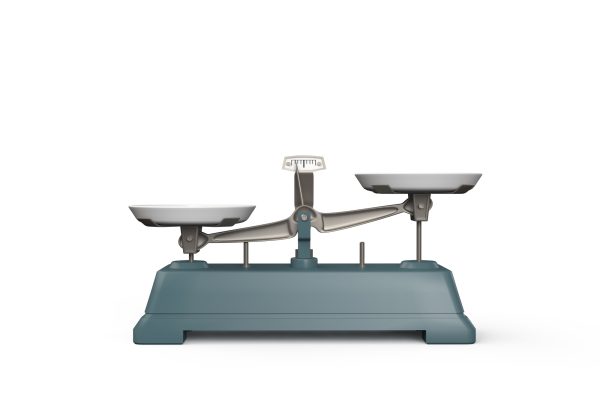The Economy Keeps Rolling

By Dr. Charles Lieberman, Co-founder & Chief Investment Officer
Stories abound regarding the impending recession, either as signaled by the inversion of the yield curve or due to excessive Fed rate hikes to contain inflation, take your pick. I can’t figure out if the recession forecast is reckless or just incompetent economics. Strong growth continues unabated, as shown by the latest jobs report. But it is highly premature to project recession when the Fed’s rate hikes have barely begun.
It is historically correct that an inversion of the yield curve, where shorter maturities offer more yield than longer maturities, commonly precede every recession. However, not every inverted curve is followed by a recession. Moreover, when an inverted curve is followed by a recession, the time lag between the inversion and the subsequent recession has been extremely variable, as little as six months and as long as two to three years. The value of such a forecast is comparable to that of a weather forecaster predicting snow in July.
In theory, a yield curve inversion does predict a decline in interest rates. Moreover, if the calculations are done carefully, it is possible to tease out when the market expects rates to fall and even by how much. The critical missing variable that makes the calculations imprecise is the unknown value of the term premium, which is how much extra yield investors require to hold longer maturity debt. Normally, a 2-year bond should yield more than a 1-year bond. Longer maturity debt exposes investors to far more unknown future developments, protracted negative effects on buying power due to inflation, and other considerations that all justify investors getting a higher yield for owning a longer maturity bond. So, when the yield curve inverts, it follows that the market expects rates will fall by more than that unknown term premium. That’s the theory.
In practice, numerous factors weigh on investor behavior, with today’s wild card being how much the Fed’s quantitative easing has distorted the messaging system embedded in the yield curve. The Fed owns about one-third of all the Treasury debt outstanding, including the longest maturities. If the Fed allows its oversized bond portfolio to run off by choosing not to reinvest in new bond issues, the Fed is really reducing mostly short-term debt, not long-term holdings. With long-term, high-quality debt still scarce in the marketplace, those rates would remain artificially low, which was precisely the Fed’s original intention. The Fed wanted long-term rates to become depressed to promote risk taking and economic recovery. If so, there’s not much forecasting power implied by the inverted curve. Rather, it is a very imprecise indication that the Fed has greatly distorted the market signals of an inverted curve.
Yet equally critically, there is precious little logic that an inverted curve predicts recession when the absolute level of rates remains so low. Consider a 2-year corporate bond yielding 3.5% while a 10-year corporate bond yields 3.0%. Under these circumstances, companies would be strongly incentivized to borrow great sums for 10 years for any and all future known and unknown needs and to invest the cash they raise in shorter maturities to earn a positive spread. They can raise extra cash now and earn a return while they wait for good investment opportunities to appear. And when they need the funds to pay for capital investment, they can just allow those shorter maturities to mature. Such behavior would lengthen the business cycle, not curtail it.
In the meantime, economic growth remains robust, as is crystal clear from the latest jobs report. There are some people re-entering the labor market from the sidelines, which is helpful to moderate wage growth. But this added labor supply is still being overwhelmed by labor demand. Job openings remain above 11 million, even as unemployment is falling. So, the labor market continues to get tighter. The ratio of job openings to the number unemployed has soared to a record peak vastly outstripping all past levels, as shown in the figure below.

Hand wringing over the inversion of the yield curve is mostly just a distraction. The real problem is growth remains too strong. What remains unclear is whether the Fed can steer the narrow course between raising interest rates too slowly, so that inflation remains far above target, or raising rates too much, pushing the economy into recession. The Fed’s track record on finding this middle ground isn’t very good. So, there are views on both sides of this debate. It is our judgment that it is still premature to predict the outcome, since the Fed is so early in trying to contain inflation. So, we will track its policy actions very closely.
The foregoing content reflects the opinions of Advisors Capital Management, LLC and is subject to change at any time without notice. Content provided herein is for informational purposes only and should not be used or construed as investment advice or a recommendation regarding the purchase or sale of any security. There is no guarantee that the statements, opinions or forecasts provided herein will prove to be correct. Past performance may not be indicative of future results. Indices are not available for direct investment. Any investor who attempts to mimic the performance of an index would incur fees and expenses which would reduce returns. Securities investing involves risk, including the potential for loss of principal. There is no assurance that any investment plan or strategy will be successful.



LATEST ARTICLES